Honor View 20 review: radical looks and rapid hardware
Read T3's official Honor View 20 review now…


The Honor View 20 is, overall, the best mid-range smartphone on the market today. Flagship calibre internals, strong camera system, and an immersive 6.4-inch screen deliver a truly fantastic experience, albeit with a few caveats.
-
+
Aurora nanotexture design stands out visually
-
+
Vibrant and large 6.4-inch screen
-
+
7nm Kirin 980 processor is lightning fast
-
+
Flagship-level RAM and storage options
-
+
Strong camera system with 48MP shooting ability
-
+
Top gaming chops with GPU Turbo 2.0
-
-
Plastic-feel backplate
-
-
No in-display fingerprint reader
-
-
No wireless charging
-
-
No water resistance certification
Why you can trust T3

Honor View 20 Key Specs
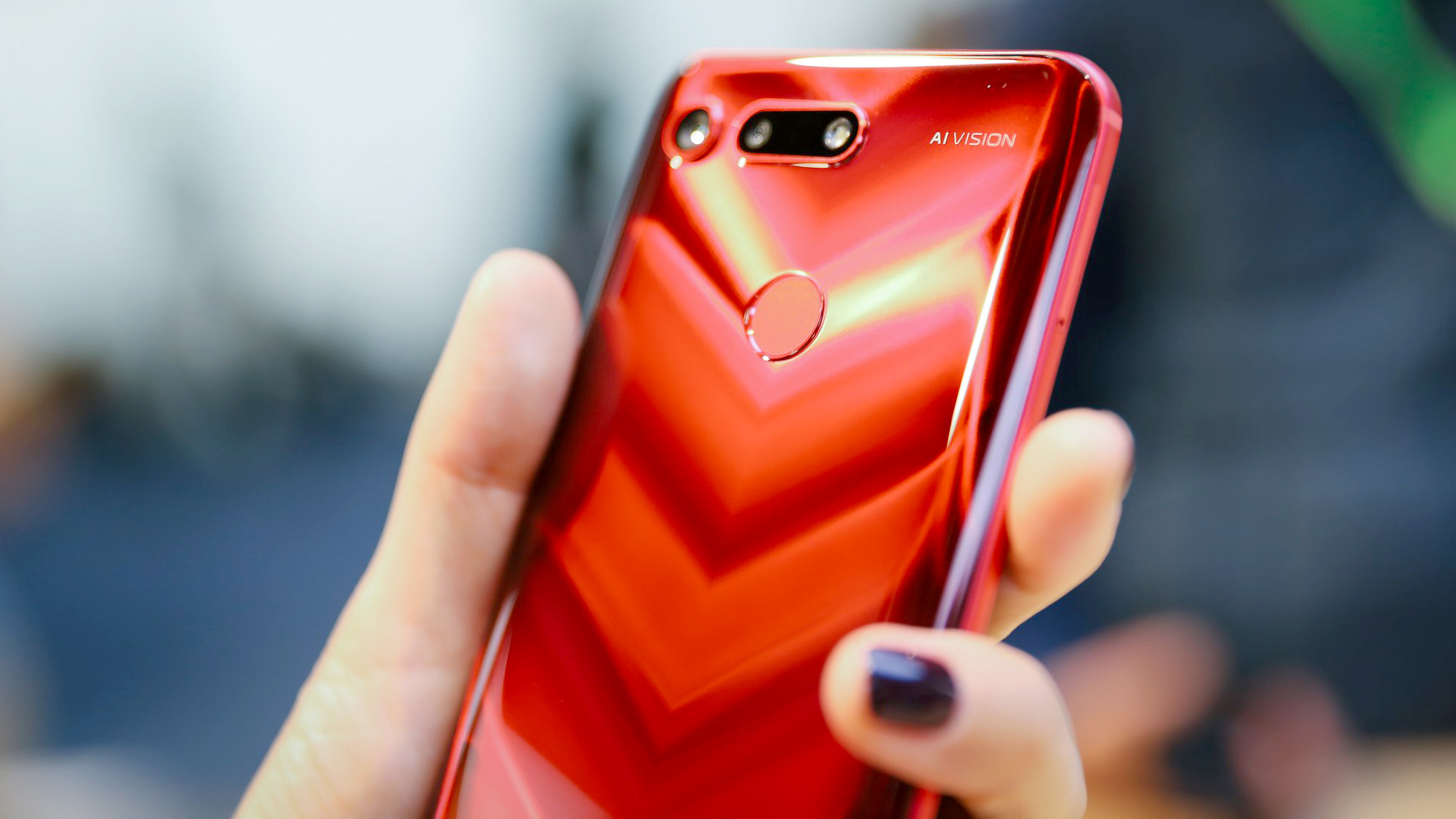
Dimensions: 156.9 x 75.4 x 8.1 mm
Weight: 180 g
Screen: 6.4-inch, 2310 x 1080 pixels, 398 ppi
CPU: Kirin 980
RAM: 8GB
Storage: 256GB
Battery: 4,000 mAh
Cameras: 48MP rear / 25MP front
OS: Android 9.0 Pie, Magic UI 2.0.1
Welcome to T3's Honor View 20 review. I've been putting Honor's latest phone through its paces for two weeks and what follows here is my in-depth experiential take on the new flagship. Is the Honor View 20 still worth considering in 2020? Let's find out.
For those who need an immediate take away, here is the Honor View 20 review in a nutshell: unsurprisingly, considering Honor's incredible output last year, which saw the Honor View 10, Honor 10 and then Honor Play bag big fat 5 stars each from T3 on review, the Honor View 20 is a very good mobile phone. Fans of the brand will be relieved to hear that Honor has not suddenly dropped the ball at the start of the year of the pig.
The Honor View 20 is, core specs-wise, comparable to parent company Huawei's best phones, as well as those of its rivals. But where Honor differs is in its intended audience and community, with its range of handsets - and it truly is a range now with this flagship sitting at the top - clearly aimed at younger generations.
Be it through its visually arresting and bold Aurora nanotexture backplate, big focus on gaming and consuming media, and AR lens-toting, AI packing camera system, which seemed geared toward recording and interacting with the user's real-world experiences in a very immediate way, the Honor View 20 communicates this pitch to youth greater that any of its phones to date and, putting it simply, this device feels like it is a flagship for a generation.
It lacks some of the refinements and high-end features of the very best smartphones money can buy, such as the Huawei Mate 20 Pro and Samsung Galaxy Note 9. However, the View 20 in general (but not always) successfully sheds these as superfluous for its intended user by doubling its focus on what the generation wants and doing so while maintaining a flagship core spec at a far from flagship price point.
As such, whether or not the Honor View 20 is the right flagship phone for you will largely depend on who you are and what you prize from a phone. Naturally, it will also depend on how much you are prepared to spend on a phone, too, which is where this full Honor View 20 review now begins.
Honor View 20 review: price, models and what's in the box
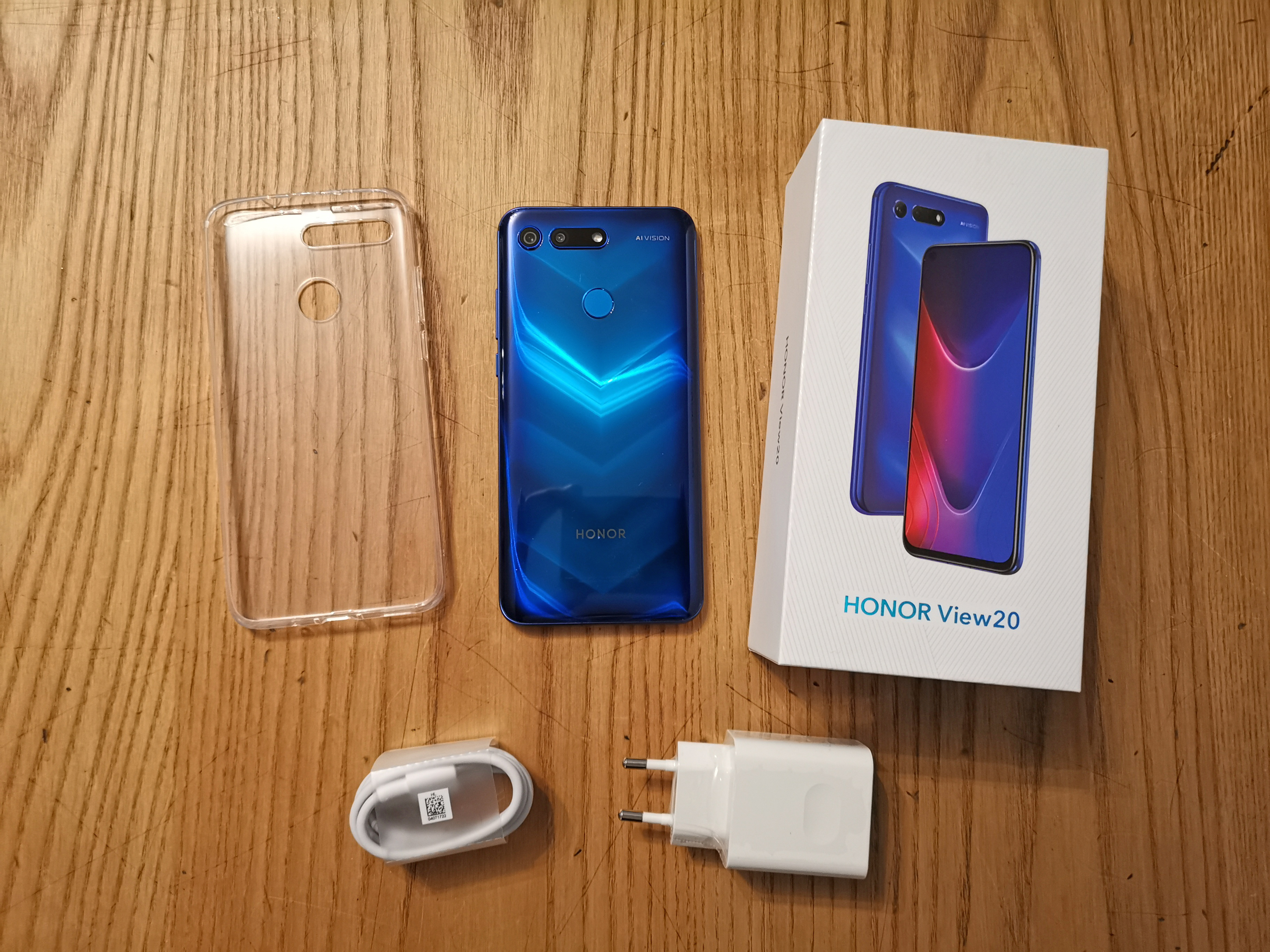
In the Honor View 20 box you get the phone, a transparent bumper case, power plug and power USB Type-C cable.
The Honor View 20 is available to order right now from a variety of retailers including Honor's official online shop.
The Honor View 20 comes in two hardware variants, a 6GB/128GB model, and a 8GB/256GB model.
Lastly, in terms of colourways, the Honor View 20 is available in Sapphire Blue, Midnight Black, Phantom Red and Phantom Blue (the model tested). Importantly, which spec model you get determines which colourways you can choose from, though, with the 6GB/128GB model coming in Sapphire Blue and Midnight Black, and the 8GB/256GB version coming in Phantom Blue and Phantom Red.
In the Honor View 20 box you get the phone, a see-through case, as well as a power plug and USB Type-C cable. Paperwork and a SIM card extractor tool completes the package.
Honor View 20 review: design and build quality
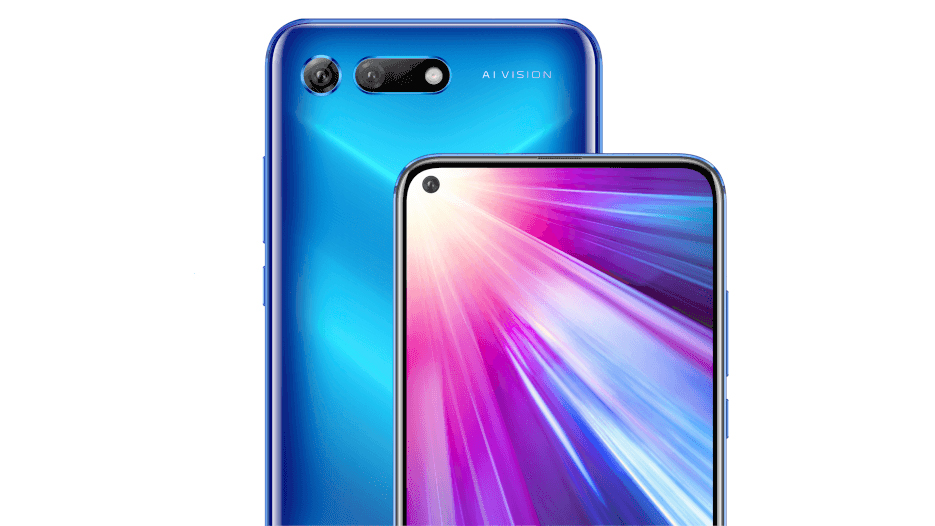
Take the Honor View 20 out of its box and the first thing that hits you is its bold Aurora nanotexture design, which not only is very vibrant in terms of base colour but also generates a series of V-shaped gradient that catch the light at pretty much any angle. The result is a phone that, when placed face down, really stands out against its contemporaries.
While technically impressive, though, personally I didn't care too much for the shiny and hyper-bold design, and after showing the Honor View 20 to friends and colleagues opinion was definitely split on whether it was fabulous or simply too much. If I had a choice, I'd plump for the subtler hyper optical pattern tech witnessed on the backplate of the Huawei Mate 20 Pro, but I fully realise that beauty is in the eye of the beholder.
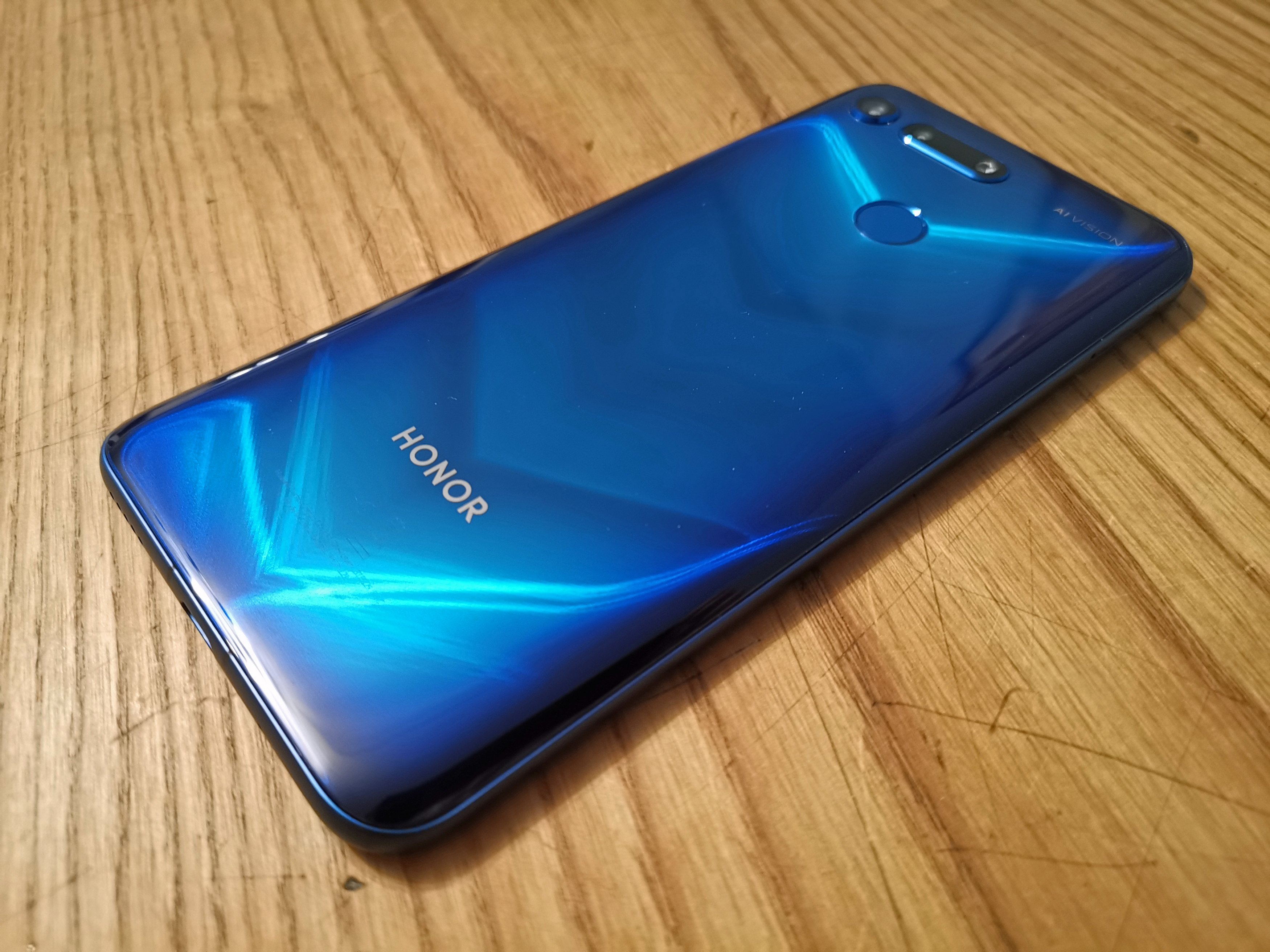
The Honor View 20's Aurora nanotexture backplate generates V-shaped light chevrons.
Despite its large screen size the Honor View 20 feels surprisingly light in the hand (and at 180 grams it is compared to many of its contemporaries) and, for want of a better description, not dense. I've gone on record before saying that I personally prefer handsets that feel dense and solid in the hand, such as the HTC U12+ and Samsung Galaxy Note 9 and Huawei Mate 20 Pro, and being totally honest the Honor View 20 doesn't tick that box, with its visually impressive backplate radiating a plasticky feel under the fingertips. This at least can't be said for the phone's cool to the touch metal frame.
Again, I realise that many users prize lightness over everything and if you do and also like the Honor View 20's courageous (to quote the late Sir Humphrey Appleby) Aurora design, then the design and build quality on display here will definitely float your boat.
Asides from that, though, it is business as usual: you've got a power button and volume rocker on the right hand side of the phone, bottom centre-mounted USB Type-C port, and top left hand side-mounted headphone jack (which considering the OnePlus 6T dropped it just a few months back feels like a smart move to me for a device designed to take its position).
On the front of device you have the phone's new front-facing pinhole camera (more on that later) in the top left hand side of the screen, while on the back you have the device's main rear camera lens and secondary 3D camera and flash array top-left, as well as a top centre-mounted fingerprint reader (yes, there is no in-screen fingerprint reader on the Honor View 20, which considering the OnePlus 6T does have one and retails for the same price feels like a notable absence).
Overall, then, if I was to compare the feel of the Honor View 20 in the hand I would say it feels most like a slightly thicker but lighter version of the OnePlus 6T.
Honor View 20 review: screen, hardware, and performance
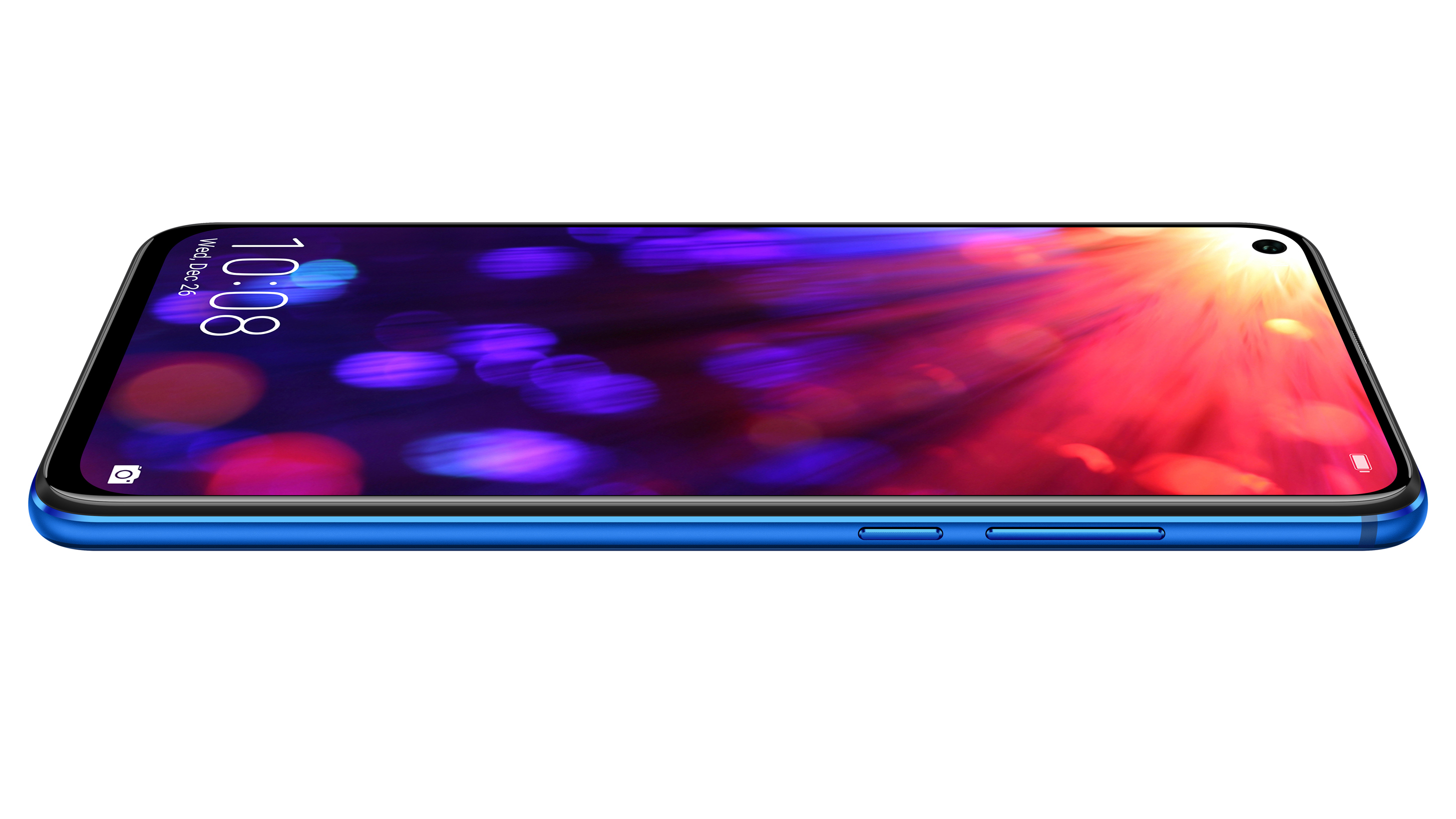
The Honor View 20 comes installed with a large 6.4-inch LCD screen, which is only interrupted by the system's pinhole front camera.
As well as the marked Aurora design the other thing that immediately strikes you when using the Honor View 20 is how large the screen is - this is not a small phone. A 6.4-inch LCD screen with a 1080 x 2310 resolution only tells half the story, too, as the combination of a 91.8% body-to-screen ratio and embedded 4.5mm punchhole camera cut-out mean that while this screen is very large, it doesn't feel oversized and is still very usable with one hand.
As the panel is an LCD unsurprisingly it looks very sharp to the naked eye, however it's FHD+ resolution doesn't actually match that of top-tier flagship phones, with devices like the best Android phone on market right now, the Huawei Mate 20 Pro, boasting a WQHD+ resolution of 3,120 x 1,440 for example.
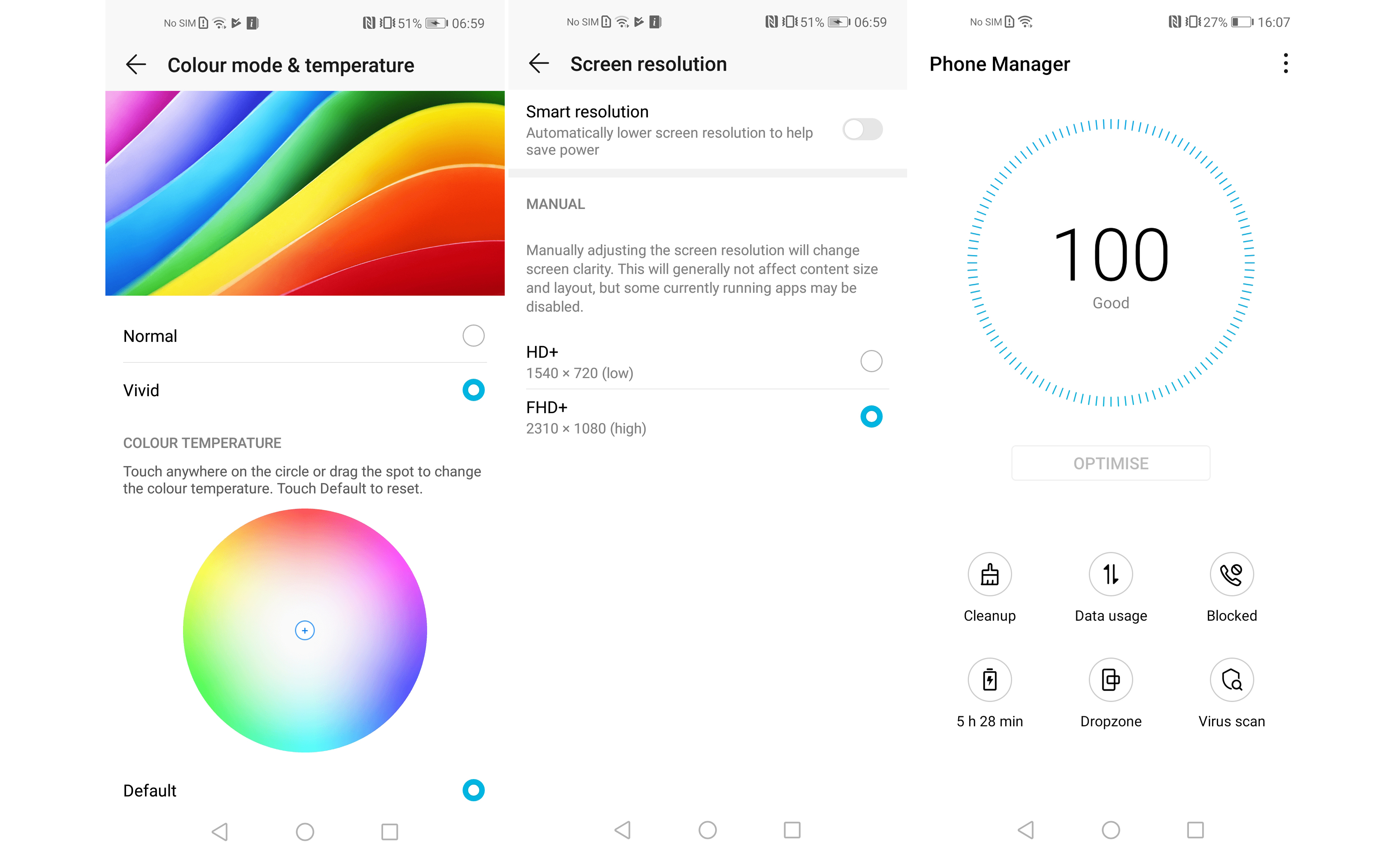
The LCD screen's colour mode and temperature can be customised in the phone's options menu, along with many other things such as screen resolution.
Naturally, with the screen being an LCD I was naturally a little wary about colour depth and vibrancy, however I am pleased to confirm that thanks to the phone's Colour mode & temperature options you can tinker to the vividness and warmth of the display to your heart's content.
Is the vibrancy and colour depth as good as that on, say, the Bravia-engineered Sony Xperia XZ4 display, or the SuperAMOLED installed on the Samsung Galaxy Note 9? No, no it is not. However, it is bright and crisp screen that doesn't leave one wanting, and particularly not at this financial level, which is hundreds of pounds beneath the phones listed above.
Honor View20 GeekBench 4 scores

[CPU]
Single-core score: 3,297
Multi-core score: 9,727
[Compute]
RenderScript score: 6,729
[Battery]
Battery score: 6614
Confidence: Medium
Moving inside the phone we find a hardware suite that leaves absolutely nothing to be desired. Sitting at the heart of the Honor View 20 is one of the world's fastest mobile processors right now, the outrageously rapid Kirin 980. This is the exact same processor installed in our favourite Android phone right now, the Huawei Mate 20 Pro and, when we compare our standard CPU test benchmark scores between the two handsets, we find they are basically identical.
While the Huawei Mate 20 Pro posted a single-core GeekBench 4 CPU score of 3,290, the Honor View 20 posted a score of 3,297, and where the Mate 20 Pro lodged a multi-core score of 9,714, the View 20 managed 9,727.

Ultimate Car Driving Simulator ran like a dream on the Honor View 20, maintaining a very high frame rate at all times.
And, what's more, when we move on to GeekBench 4's Compute test, we find that the Honor View 20 could post a RenderScript score of 6,729, which is far in advance of the Huawei Mate 20 Pro's recorded score of 6,242. This improvement could of come through optimisations made by Honor or, more likely, due to the additional 2GB of RAM installed in our View 20 review unit.
These excellent benchmark scores, unsurprisingly, translate into very, very fast real-world phone performance. Rattling though the phone's Android 9.0-based Magic UI was buttery smooth, in-app performance incredibly responsive, and game and media loading and consumption rapid and compromise-free. Yes, I can confirm that the combination of Kirin 980 CPU, 8GB of RAM and 256GB of storage space translates to a bullet proof core mobile experience on the View 20.

Watching content on YouTube, Netflix and Amazon Prime Video was an enjoyable, immersive experience on the Honor View 20 thanks to its large and crisp 6.4-inch screen.
But, as I've mentioned before, I now fully expect mid-price range flagships such the Honor View 20 (and it's main rival the OnePlus 6T) to be able to handle everything Android can currently throw at them as, well, the fact of the matter is that the demands of Android and its app store was long ago bypassed by top tier smartphones.
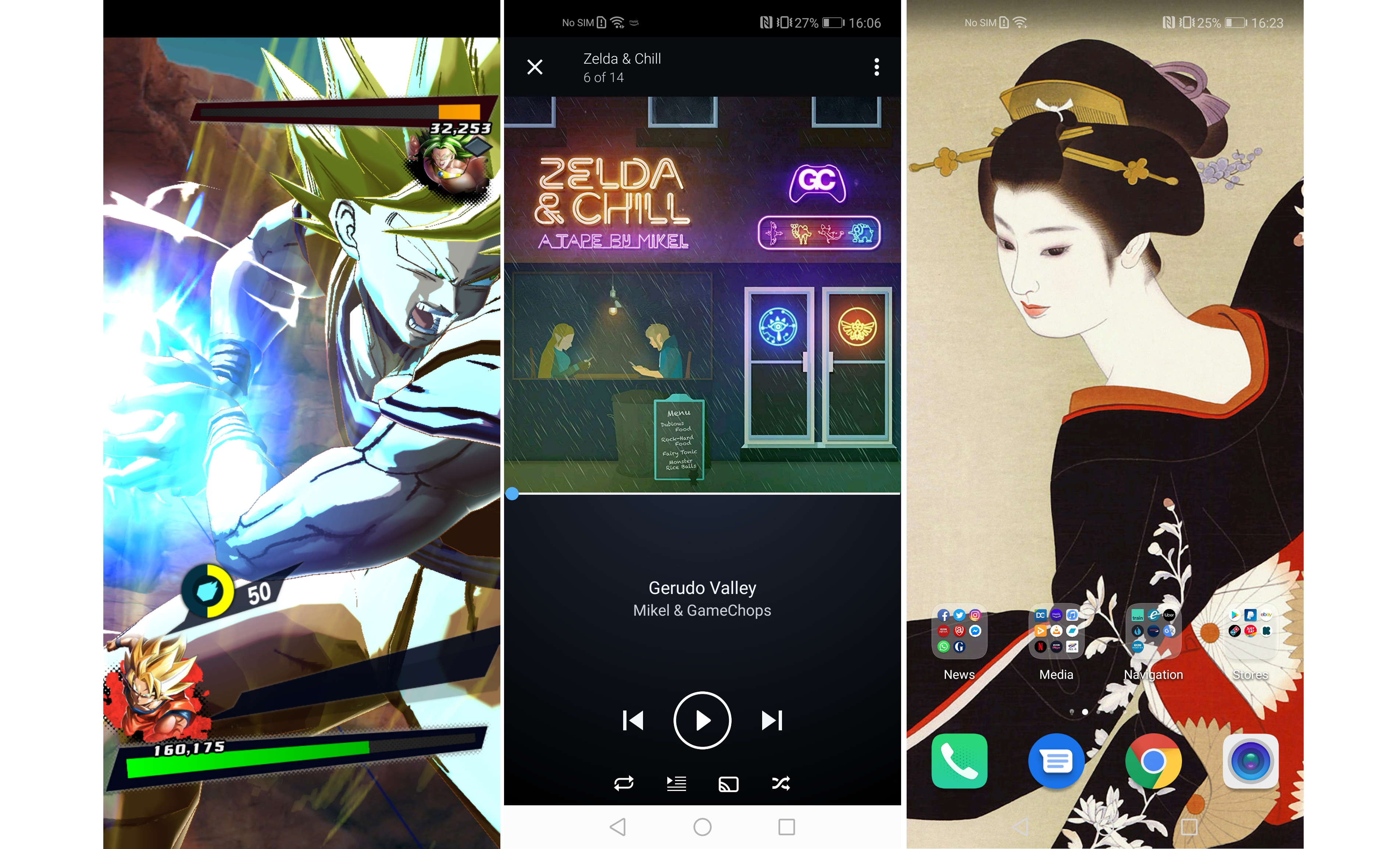
Graphically intensive games like Dragon Ball Legends ran incredibly well on the Honor View 20, while media consumption was eased by rapid app loading and operation.
One notable area of performance that I feel was particularly noteworthy is how well graphically intensive mobile games ran on the View 20, with titles like Dragon Ball Legends, Tekken, Final Fantasy 15 Pocket Edition and Ultimate Car Driving Simulator really motoring along in terms of frame rate. The phone, for example, felt as good to play these games on as last year's dedicated Honor gaming phone, the Honor Play, and clearly that is down to the Chinese maker's GPU Turbo 2.0 tech, which really does seem to add some serious under-the-hood power.
Honor View 20 review: camera system

The Honor View 20's big camera sell is its rear lens' ability to shoot 48MP images.
The headline camera feature on the Honor View 20 is its front-mounted pinhole camera, which hides a 25MP, F/2.0, hardware-based HDR, portrait lighting-toting lens. Visually, this means that the phone's large 6.4-inch screen remains completely uninterrupted aside from a small keyring-size hole in the top left hand corner.
As someone who never really bought into the whole notch thing as a feature, but equally one that hasn't really being appalled by their introduction to many phones, flagship or otherwise, I feel this is a small but welcome step forward towards the ideal of having all front-facing sensors and camera hidden in-screen.
On the rear the Honor View 20 comes installed with a 48MP main camera (F/1.8, 1/2-inch CMOS sensor) supported with a secondary 3D camera for depth sensing, effects and 3D motion control gaming.
The big sell with this single camera lens is its ability to shoot 48MP size images, which can then be taken to an even more detailed level with Honor's AI Ultra Clarity shooting option. This shooting mode has been designed for when shooting landscapes in good lighting conditions, and entails the system to shoot a series of images before stitching them together through software to produce images with excellent levels of zoomable detail.
Check out the example images below to see how the 48MP Ultra Clarity setting works.

A shot taken with the Honor View 20's 48MP AI Ultra Clarity setting enabled. See the image below to see the distanced level of detail captured.

And the same image but zoomed in close to see the church tower's clock. Notice how despite the distance involved the clock face is still easily readable.
Another of the notable shooting modes on the Honor View 20 is its "Night" mode, which through the 48MP lens along with the company's 4-in-1 superpixel tech and Artificial Image Stabilization (AIS) allows even the darkest of scenes to be captured. The image below, showing my rear garden in the darkness of the early morning, shows the "Night" mode's power.
Shot with a standard Photo mode this scene was pitch black and, where small amounts of detail was discernible, very blurry. With Night mode on, though, suddenly many aspects of the image are visible, and the depth of the garden is communicated well, too. The lightest parts of the scene, such as the glimmers of dawn on the horizon as well as a planet and couple of stars, are also amplified.
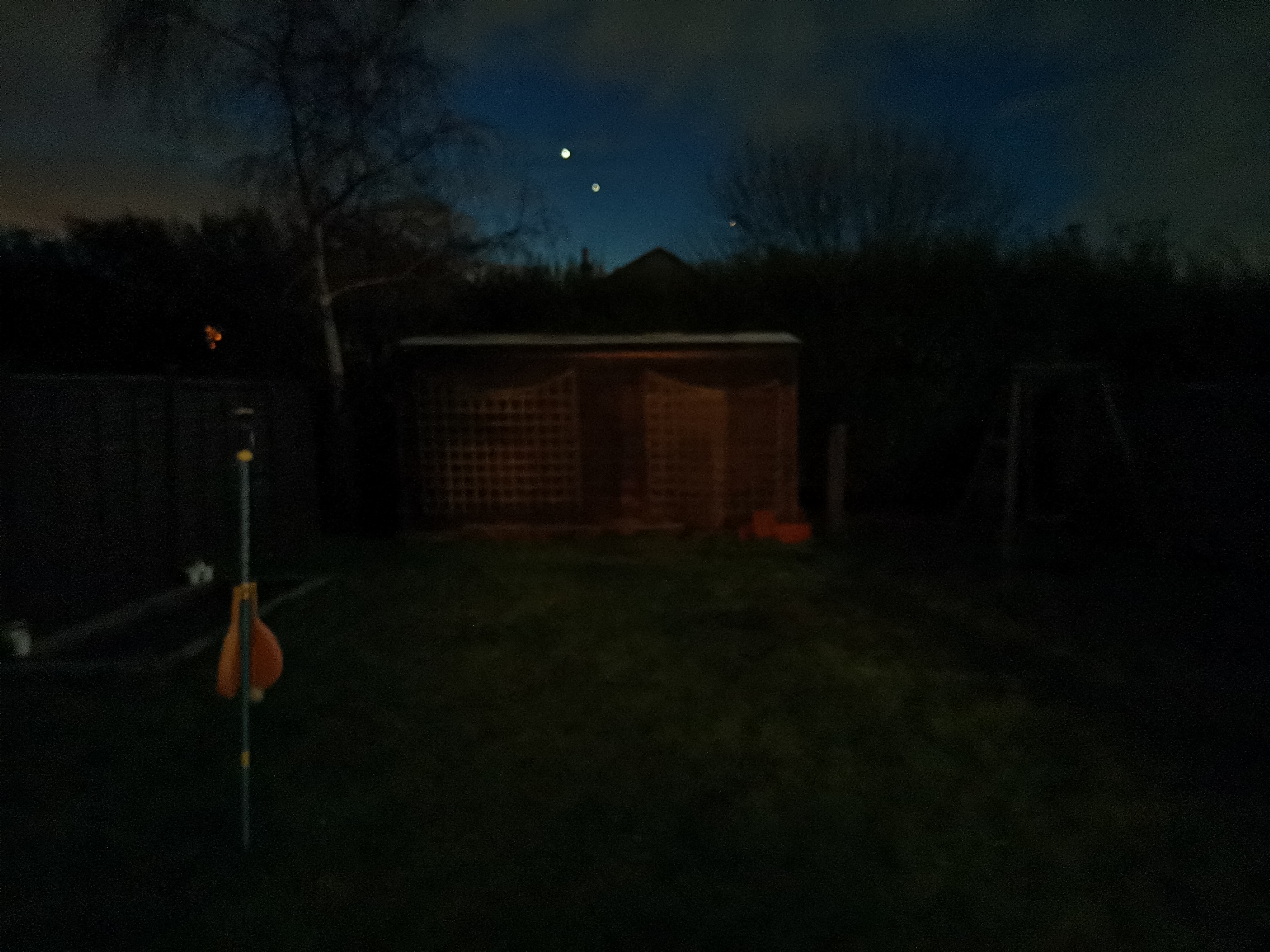
An image taken in the darkness of the early morning with the Honor View 20's camera's "Night" shooting mode. Despite the garden appearing pitch black to the naked eye, details can be made out in the image.
Naturally, for a phone that is geared towards youth, the Honor View 20 has an advanced portrait mode shooting option, which works both through the front and rear cameras. Asides from leaning a little too much towards artificial smoothing for my liking, the mode allows both beautification and shaping, as well as various types of lighting and patterns to be included, too.
While not best in class, I was also impressed with the portrait's mode handling of bokeh.

Honor's portrait mode in action in selfie orientation. Honor's algorithm still leans a little bit too much towards smoothing in my mind.

And the View 20's portrait mode's results using the rear camera.
In terms of more standard photography the Honor View 20 allows for a variety of aspect ratios and resolutions to be shot at, with the default 12MP 4:3 images capable of being switched to 7MP 19.2.9 shots, which are good for wide if not tall landscapes, and 9MP 1:1 images. Providing you stay at a 4:3 ratio (perfect for Instagram, right) you can scale up to the system's flagship 48MP resolution, too.
What I would say is, though, that while those 48MP images are impressive, and the amount of shooting modes on offer equally so, the camera system on the Honor View 20 is not in the ballpark of a trilogy of rivals, mainly due to its single primary rear lens, which cannot match the widescreen or zoom functionality of devices like the Huawei Mate 20 Pro, Samsung Galaxy Note 9 and HTC U12+. And that is saying nothing of the Google Pixel 3 XL, either…

Honor View 20 camera samples
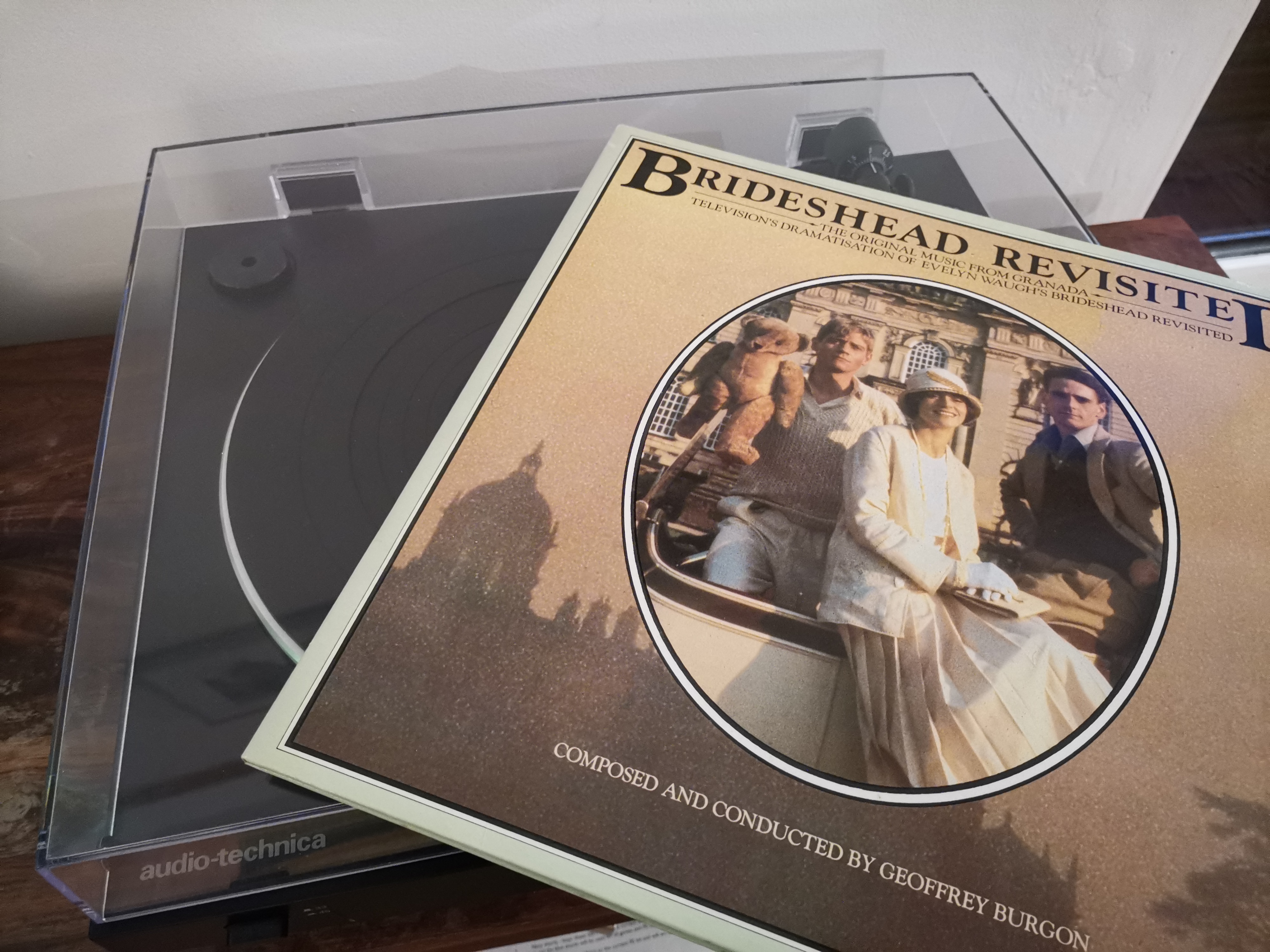
Honor View 20 camera samples

Honor View 20 camera samples

Honor View 20 camera samples

Honor View 20 camera samples

Honor View 20 camera samples

Honor View 20 camera samples

Honor View 20 camera samples

Honor View 20 camera samples

Honor View 20 camera samples

Honor View 20 camera samples

Honor View 20 camera samples

Honor View 20 camera samples

Honor View 20 camera samples
As you can see from the image gallery above, though, colour capture and detail is good and, unlike some devices, excessive noise at the periphery doesn't seem to an issue, either.

Yes, I am that cool. Live with it…
Lastly, on the Honor View 20's camera system, I feel I need to mention that, yes, it comes packing an AR lens functionality with, most importantly for some no doubt, 3D Qmoji. This means that you can pose and record yourself as a variety of cartoon 3D avatars ranging from a lizard and penguin, through to robots and cats.
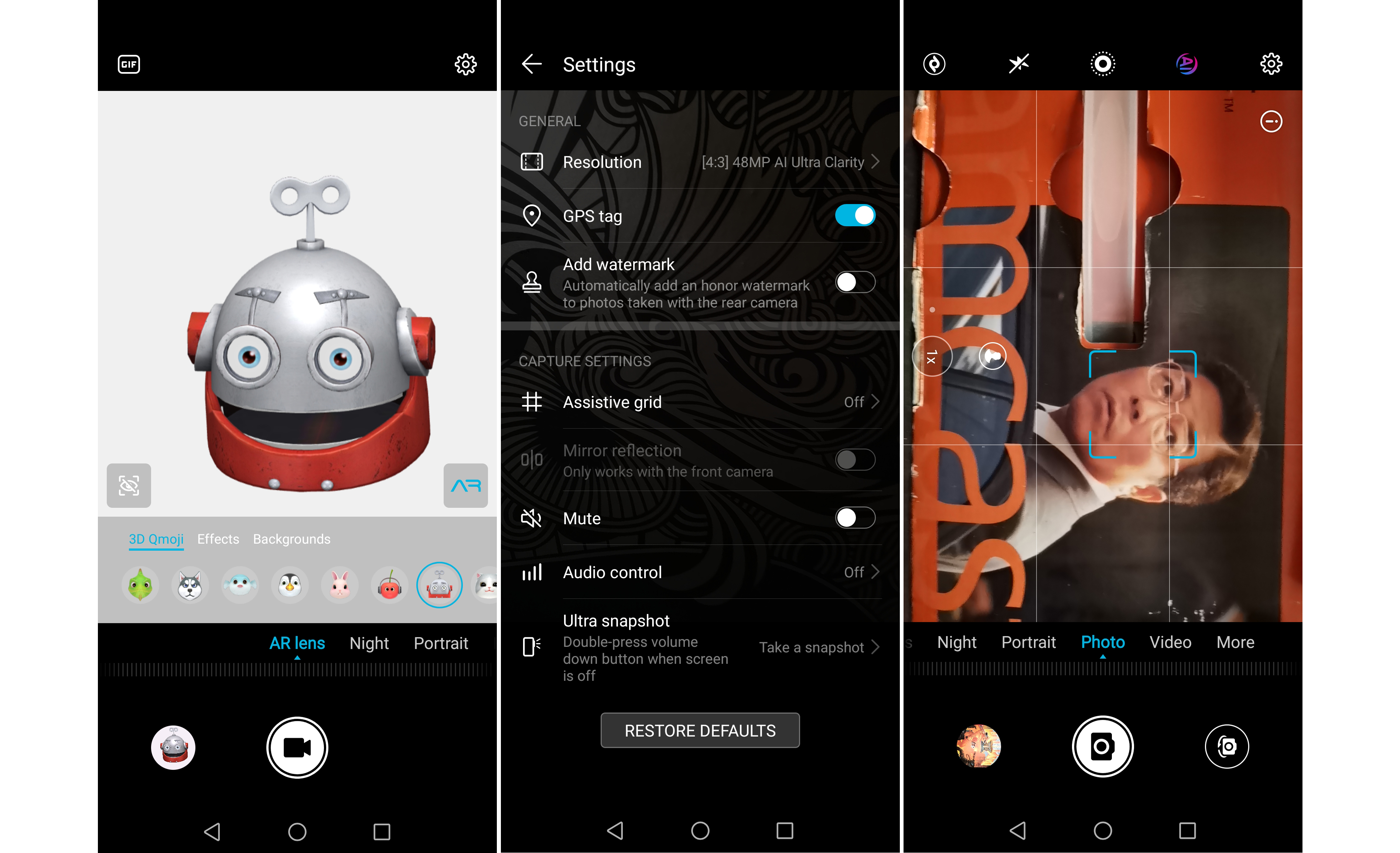
The Honor View 20's camera system is packed with shooting modes and settings, including an AR lens with 3D Qmoji.
And, as can be seen above in the image of me looking too cool for school with my natty pair of supersized shades, the AR lens camera also lets you take pictures of yourself or others with a variety of augmented backgrounds or extra details. Again, while I find this functionality a gimmick at best, I do realise that many put much stock in it and use these sorts of shooting features on a weekly basis. If you are one of them then the Honor View 20 will not disappoint.
Honor View 20 review: battery
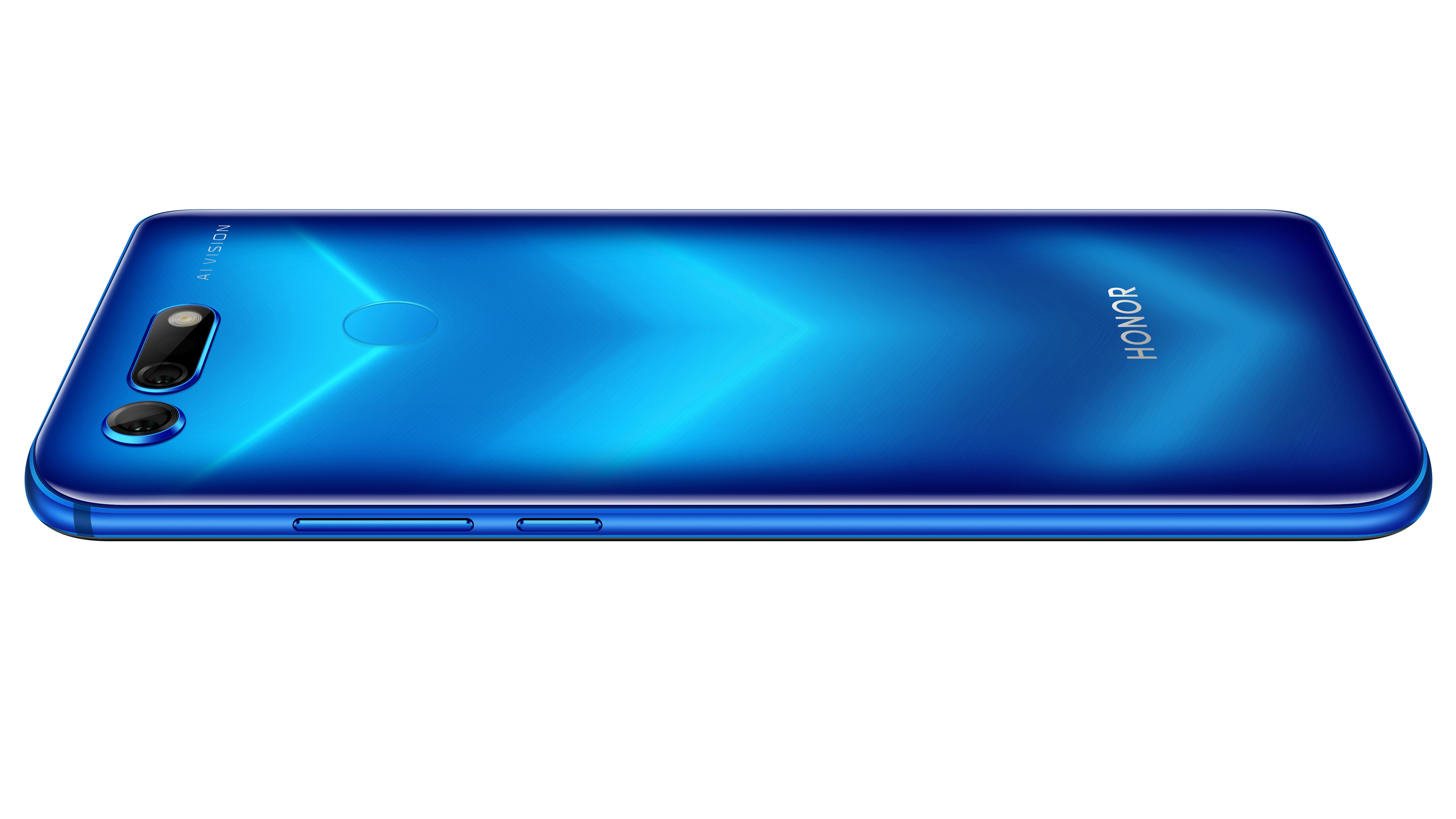
The Honor View 20 comes installed with a 4,000mAh battery.
The Honor View 20 comes with a capacious 4,000 mAh battery, which while falling short of the titanic 4,200 mAh unit powering the Huawei Mate 20 Pro, is a definite improvement over the Honor View 10's 3,750 mAh.
The main real-world difference this number increase delivers is the ability for the phone to be used for two days on a single charge. Numerous times during my testing period did I take the Honor View 20 out with me at 100 per cent charge one morning, only to then not charge it for the entirety of that day and then through the next, only plugging it back in to charge on the second day's evening.
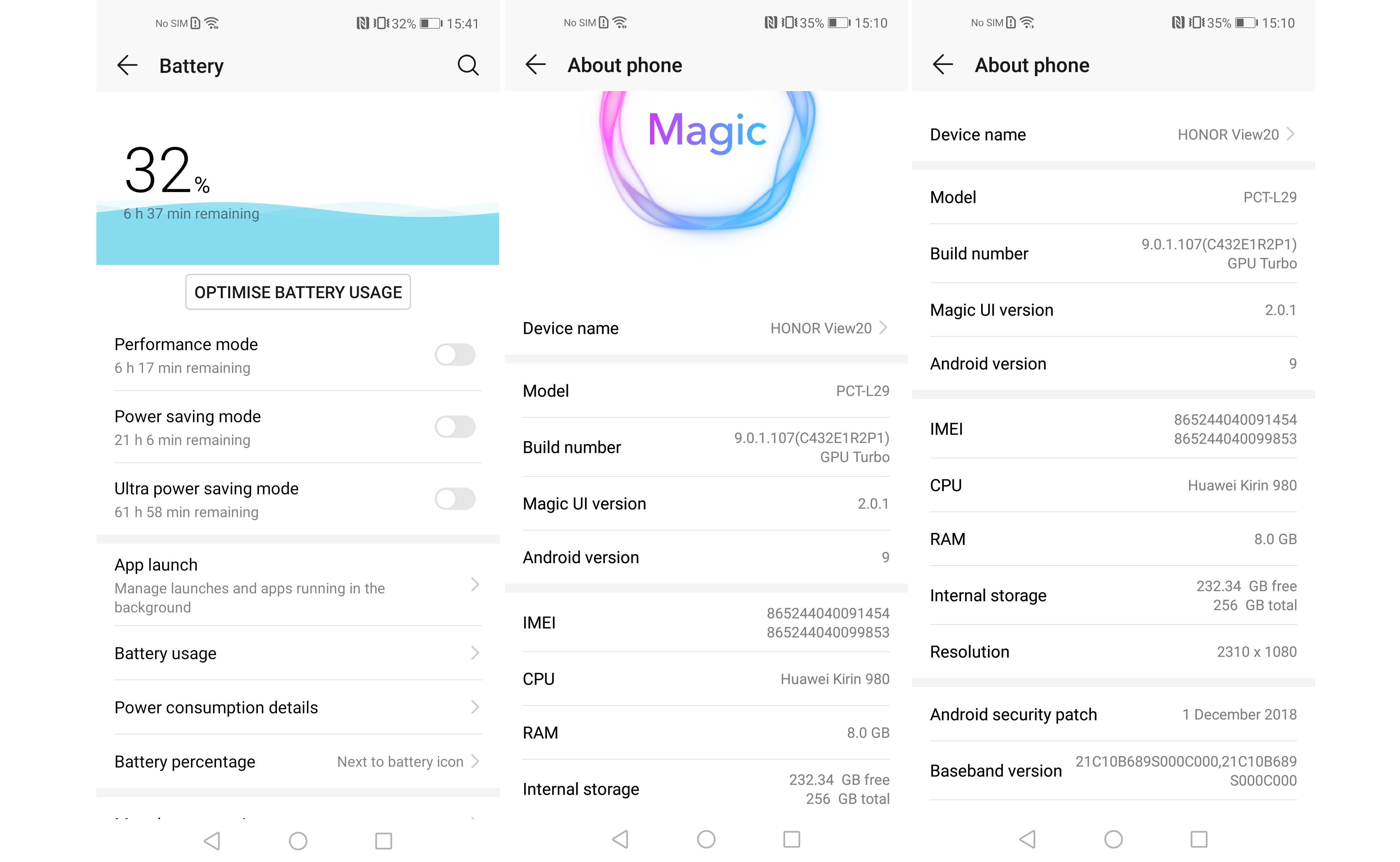
I found the battery on the Honor View 20 to be perfectly cable of two days operation with medium usage on a single charge.
Sure, this only works with light to medium usage, so you can forget playing Football Manager Mobile for three hours before watching the extended version of The Lord of the Rings: The Fellowship of the Ring and then expecting the same level of multi-day battery performance. But providing you use everything in moderation, then one and a half to two days will definitely be possible.
Honor View 20 review: software, security, and OS
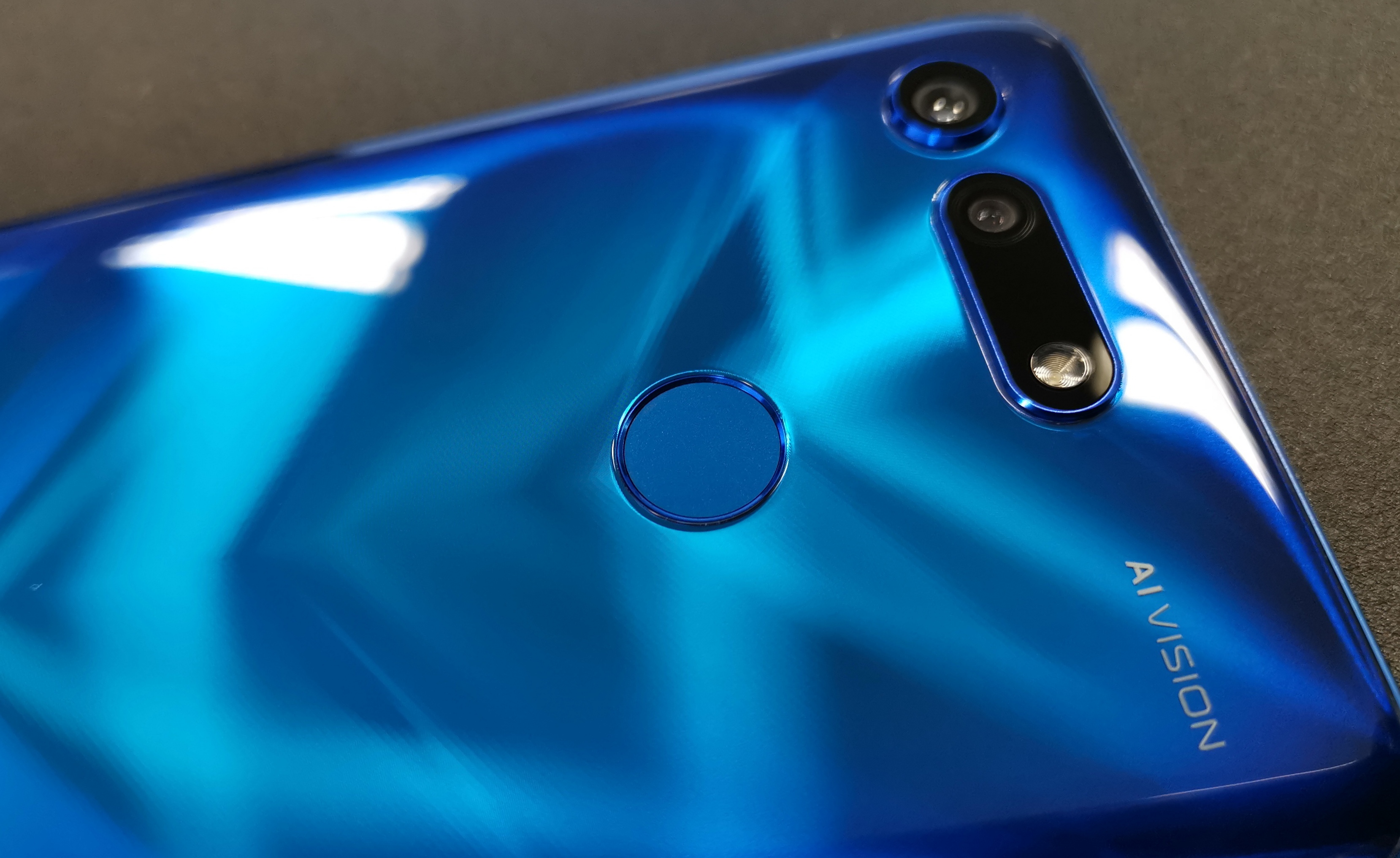
The Honor View 20 does not have an in-screen fingerprint reader, with its circular reader located on the backplate instead.
The Honor View 20 comes loaded with Android 9.0 Pie, which as I've noted before, is the slickest and fastest Android operating system ever, as well as Honor's own latest light skinning of it, Magic UI 2.0.1. Fans of vanilla Android will not find it hard to get on with Honor View 20 in my mind, as Magic comes with minimal bloatware (just core proprietary apps like HiCare, AppGallery and Honor store) and is very intuitive to use.
Your security options on the Honor View 20 include Fingerprint ID via the phone's rear-mounted fingerprint reader, which I found to be fast and generally first-time reliable, as well as via Face recognition, which isn't the biometric wizardry as evidenced on the Apple iPhone XS, but it is easy to setup and reliably fast to use. You can also tweak it functionality to your desire, with direct unlock, slide unlock and notification reveals able of being enabled or disabled following face recognition.
Honor View 20 review: verdict
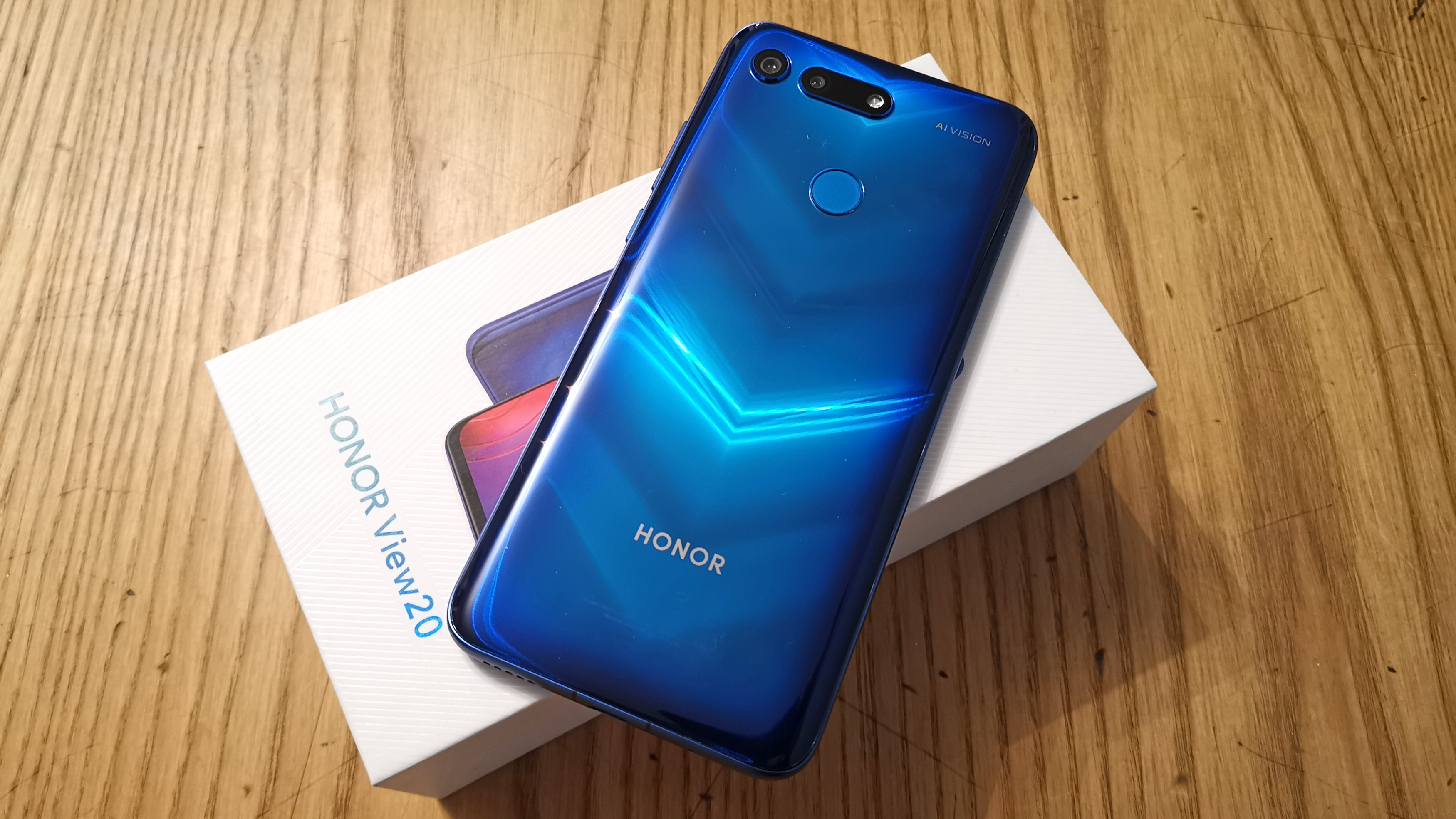
For the money, you can't get a faster and more powerful phone than the Honor View 20 right now. And, for my money, that makes it a winner.
Overall, then, the raw power offered by the Honor View 20, which as I've shown is in advance of many flagships from major players that cost hundreds of pounds more, successfully burns off any small issues I had with the device.
Personally, the very bold nanotexture backplate and light feel of the device did not float my boat in the end, while the absence of an in-display fingerprint reader when the View 20's direct rival, the OnePlus 6T does have one, felt disappointing as a tech enthusiast. The lack of a few other high-profile features that I personally enjoy, like wireless charging, also couldn't help but deflate somewhat.
Be under no illusion, despite it being a great mobile phone, the Honor View 20 won't be for everyone, and you should ask yourself exactly what you want from a handset today and how much you are willing to spend before you make a decision.
And, being totally honest, that's the beauty of the Android ecosystem. If you want an in-display fingerprint reader on your £500 Android phone then you can plump for the OnePlus 6T or Xiaomi Mi 8 Pro. Or if you want your £500 Android phone to carry an extremely fast mobile processor, have an incredibly standout design, and deliver the ability to shoot 48MP images, then you can opt for the Honor View 20. It really is that simple.
However, for its intended market, which I honestly don't think care too much about these sorts of esoteric features, this is a bold and brash powerhouse flagship that's sure to appeal to young professionals the world over.
The Honor View 20 is the best phone Honor has ever made, and it is one that cements its position as one of the most radical phone makers in business today.
Sign up to the T3 newsletter for smarter living straight to your inbox
Get all the latest news, reviews, deals and buying guides on gorgeous tech, home and active products from the T3 experts
Rob has been writing about computing, gaming, mobile, home entertainment technology, toys (specifically Lego and board games), smart home and more for over 15 years. As the editor of PC Gamer, and former Deputy Editor for T3.com, you can find Rob's work in magazines, bookazines and online, as well as on podcasts and videos, too. Outside of his work Rob is passionate about motorbikes, skiing/snowboarding and team sports, with football and cricket his two favourites.
-
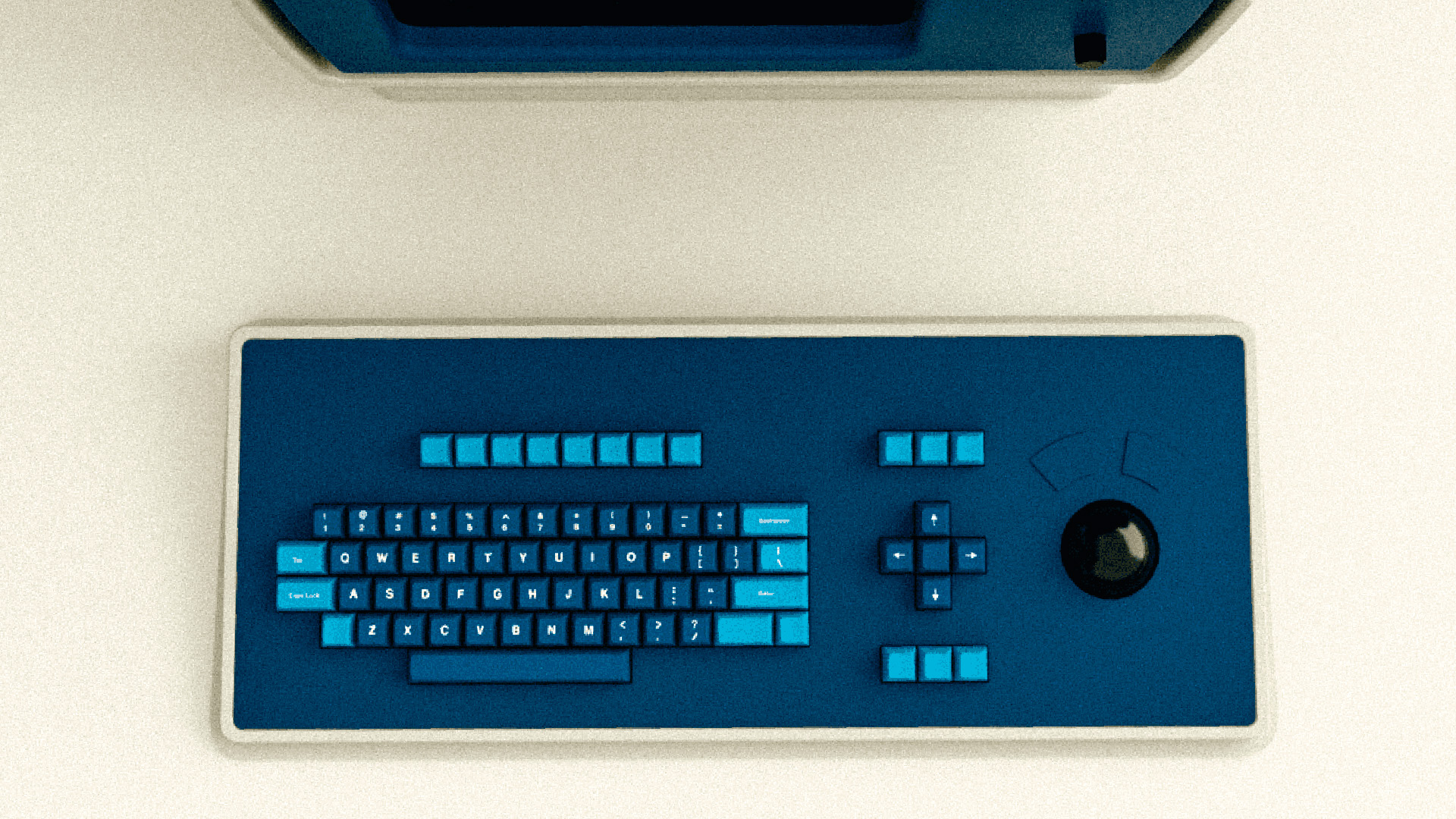 Apple's Severance computer may have been a joke, but the keyboard is coming for real
Apple's Severance computer may have been a joke, but the keyboard is coming for realTell us where we can sign up!
By Britta O'Boyle Published
-
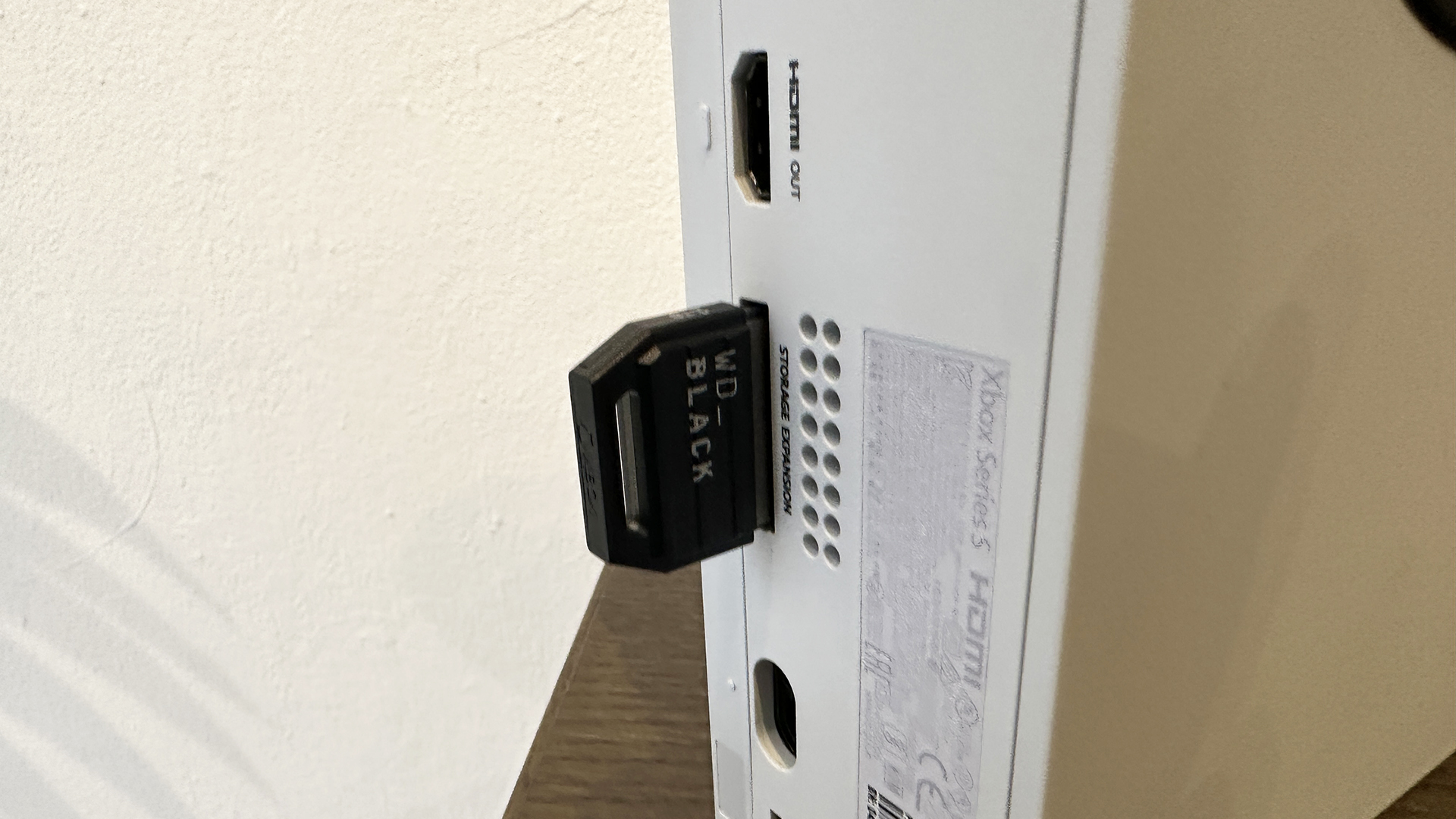 Xbox Series X/S storage space problems solved by a sneaky Xbox Game Pass update
Xbox Series X/S storage space problems solved by a sneaky Xbox Game Pass updateYou may never have to buy external storage again
By Rik Henderson Published
-
 Skullcandy’s ANC earbuds are Bose in disguise with a very low price
Skullcandy’s ANC earbuds are Bose in disguise with a very low priceWith Bose sound and Skullcandy prices, these could be the budget buds to beat
By Carrie Marshall Published